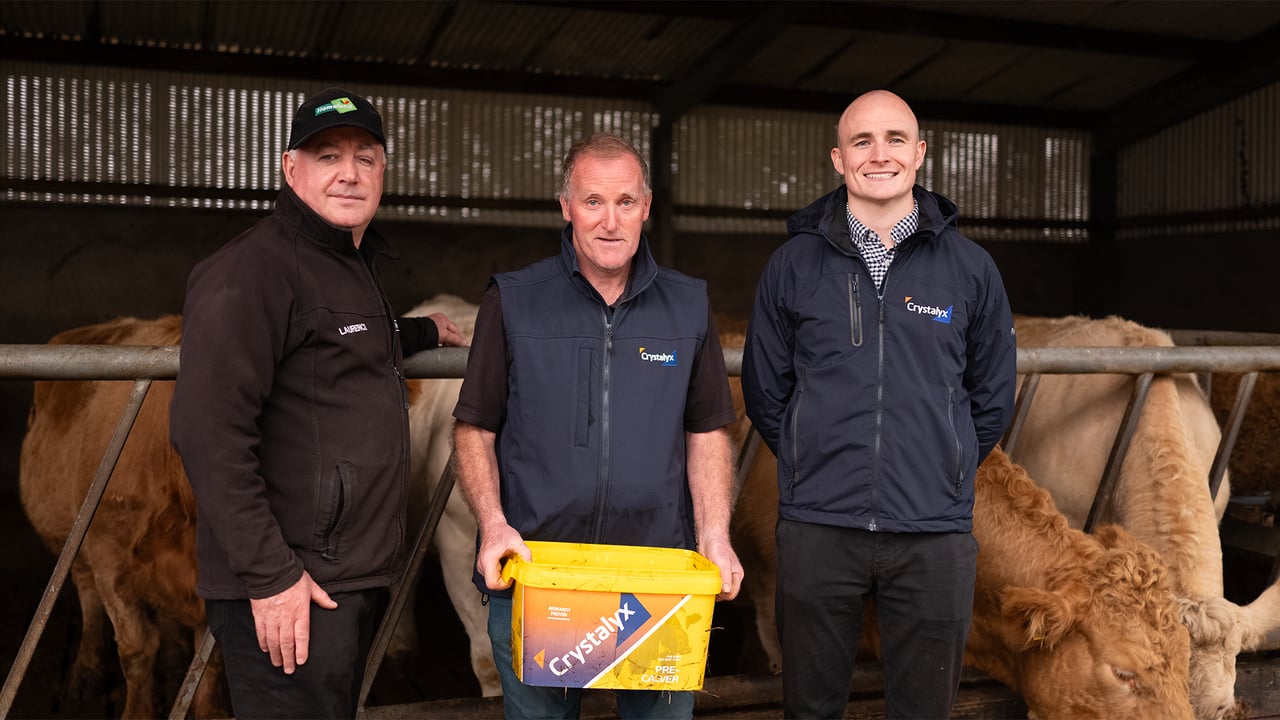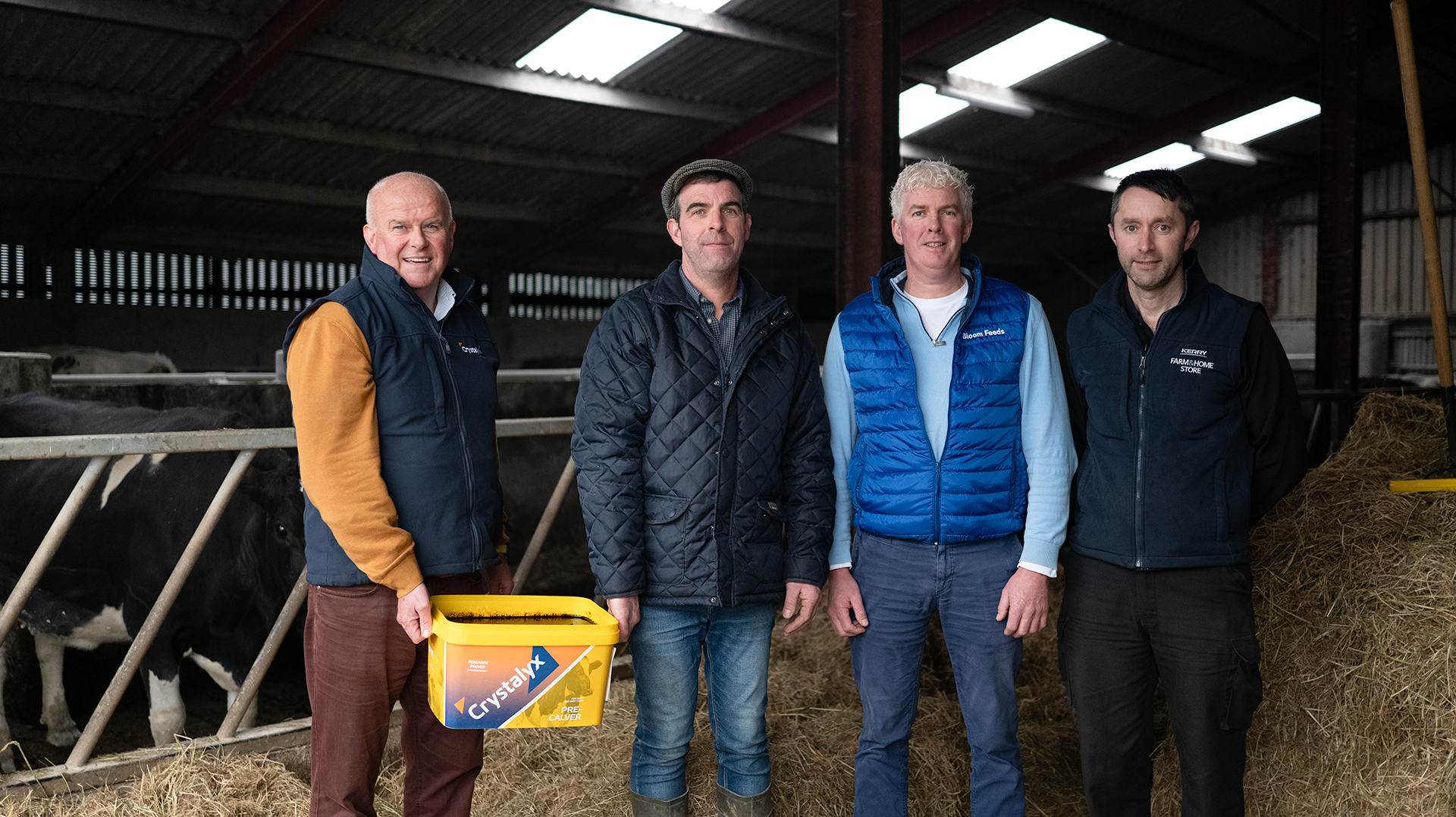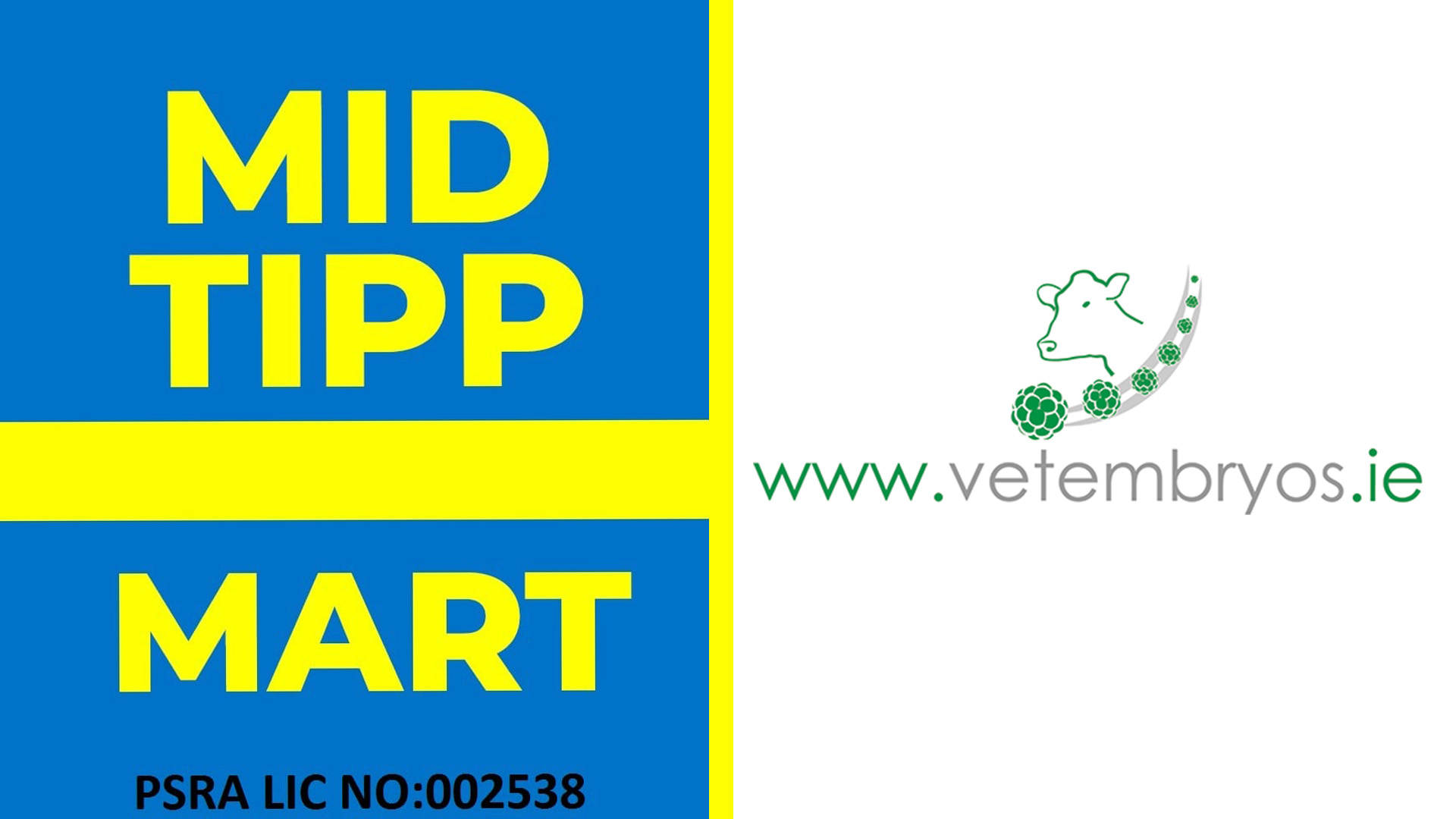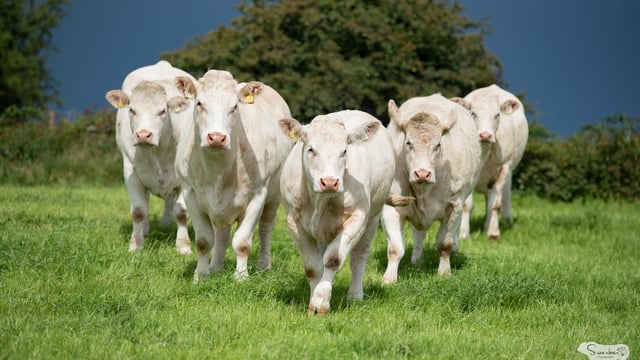Sponsored Article

Sponsored Article
Watch: Don't leave calving performance to chance this winter
Sponsored Article

It is hard enough juggling nutrition for cattle in the crucial transition up to calving, but even more so when faced with grass growth dropping off earlier and forage quality being inconsistent.
While grazed grass and grass silage are the cheapest feeds available to all ruminants, neither can be relied on this winter, with reports of reduced quality and quantity this season.
Farmers will know its particularly important the full nutritional needs of pre-calving suckler and dairy cows are met in full during the six weeks directly prior to calving.
This window is the most important period in every breeding cows’ annual production cycle and where a lot of problems can creep in if the nutrition isn’t right.
The same principle holds where replacement dairy and suckler heifers are concerned.
The birth of a healthy and vibrant calf in tandem with the cow's ability to either rear it or produce milk destined for a bulk tank are critically inter twined with the management systems put in place throughout the preceding dry period.
Factors coming in to play here include the availability of high quality forages and the feeding of a mineral and trace element mix that totally fulfil the pre calving nutritional needs.
Getting all of this right will deliver the required end result. Making a mistake will result in problems and challenges that are complex in nature and very difficult to sort out: difficult calvings, poor calf vitality, milk fever, ketosis, displaced abomasums poor milking performance and the list goes on.
Every aspect of dry cow management must be critically assessed. For example, offering pre-calving cows silages that are high in potash will predispose these animals to a host of metabolic disorders at and post calving.
Research has repeatedly confirmed the critically important role that mineral and trace elements play in meeting the nutritional needs in full of both dairy and suckler cows in the weeks directly prior to calving.
Significantly Crystalyx Pre-Calver buckets have been formulated to meet these specific requirements.
Specifically, they contain a low calcium/high magnesium balance, which greatly reduces the risk of metabolic disorders and difficult calvings. In addition, they boost calf vitality while also maximising colostrum quality.
All Crystalyx products, have been extensively researched both in terms of their specific formulation and the response they will generate at commercial farm level.
In the case of Crystalyx Pre-Calver, three studies undertaken in New Zealand by the University of Auckland, with group sizes averaging approximately 200 cows, have confirmed that access to ‘Crystalyx Pre-Calver’ maintained normal blood magnesium and calcium levels right up to calving.
Furthermore research confirmed that supplementing dairy cows with Crystalyx Pre-Calver significantly reduced instances of milk fever, mastitis and retained placenta.
Comparable results were recorded by Parma University in Italy. Research scientists there reported that the colostrum IgG yield achieved by the Crystalyx-fed cows was double that of the control group.
Over many years, Irish dairy and suckler farmers have found that Crystalyx Pre-Calver buckets are the only additional mineral/trace element source required for inclusion within pre-calver diets.
All Crystalyx products are durable and consistent, driving performance by stimulating forage intakes and digestibility while providing all essential mineral, trace elements and vitamins.
Making best use of grass and other forages is the cornerstone of all ruminant livestock production systems.
Sponsored Article







